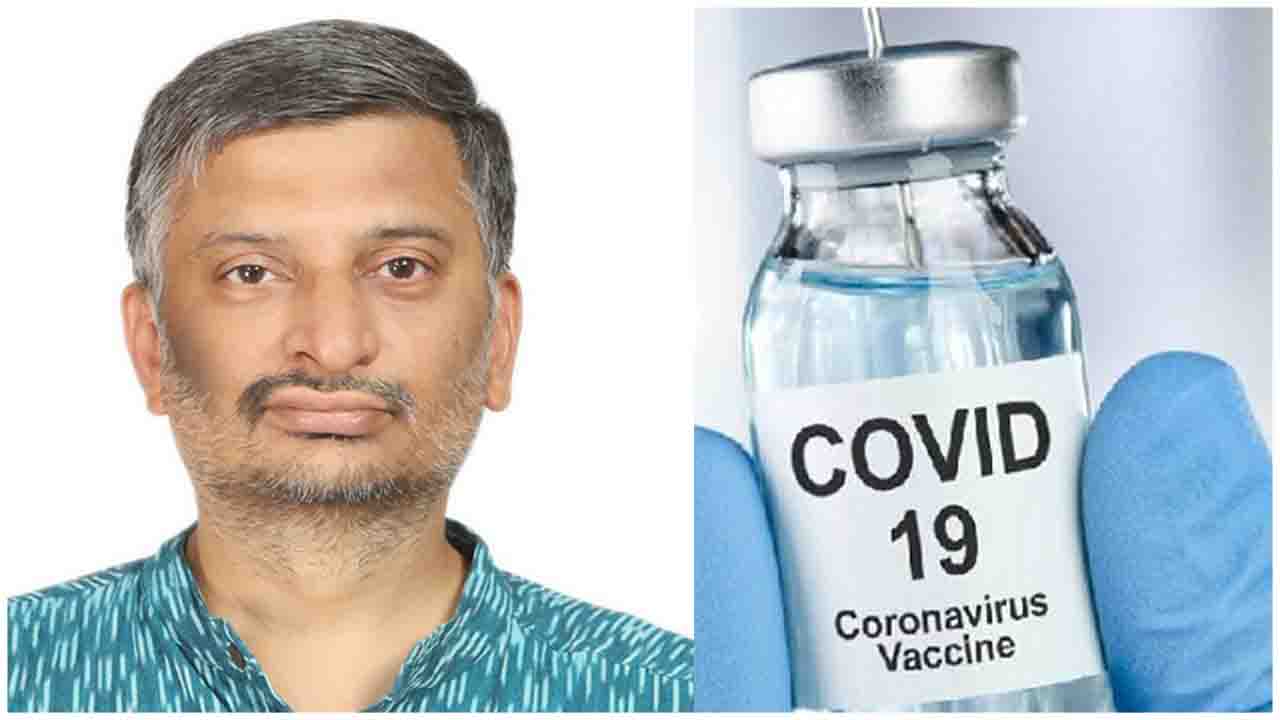With the announcement of COVAXIN by Bharat Biotech and ZyCov-D Vaccine by Zydus Cadila the proverbial silver line in the dark clouds of COVID19 appears at the horizon. Now the nod given by the Drug Controller General of India CDSCO (The Central Drugs Standard Control Organisation) for the conduct of the human trial for the vaccines, marks the beginning of the end.
In the past years, India has emerged as one of the significant vaccine manufacturing hubs. Indian manufacturers account for 60% of vaccine supplies made to UNICEF. The vaccine for novel coronavirus may be developed anywhere in the world, but without Indian manufacturers involved the production of the required quantity is not going to be feasible.
Vaccine race
More than 140 candidate vaccines are under various stages of development. One of the leading candidates is AZD1222 developed Jenner Institute of University of Oxford and licensed to AstraZeneca British-Swedish multinational pharmaceutical and biopharmaceutical company headquartered in Cambridge, England. The mRNA-1273 vaccine developed by Kaiser Permanente Washington Health Research Institute, Washington and taken up for production by the US-based Moderna pharmaceutical is just a step behind. Both these firms have already inked an agreement with Indian manufacturers for the production of the COVID vaccines.
Parallelly Indian institutions have also engaged in R&D for the development of vaccines in India. With the primary scientific inputs coming from institutions like Pune based ICMR institution National Institute of Virology and Hyderabad based CSIR institution Center for Cellular and Molecular Biology, six Indian companies are working on a vaccine for COVID-19. Along with the two Indian vaccines, COVAXIN and ZyCov-D, the world over, 11 out of 140 vaccine candidates have entered the human trials.
Immune system
Antigen from the pathogen and antibodies produced by the human immune cells can be thought of as matching the compatible pair. Every pathogen has specific molecular structures called as antigen. They are like the surface with a particular hue and design. Once infected by the germ, the human immune system develops antibodies that match the antigen.
Just as the retailer of design matching material stockpile hundreds of design pieces of riots of colors and hues, our immune system has ten thousand types of antibodies. If the pathogen is a known enemy, the immune system can pull the matching design piece from the stock. Once the match is made the pathogen is inactivated. No longer it can infect.
However, if the microorganism is unfamiliar, and mainly when it has evolved for the first time, there is no matching colour and hue in the repertoire. Nonetheless, unlike the textile, the antibody can evolve. At first, near matches are tried. After various cycles of antibody development, the best fit matures. The time lag between the identification of the main surface colour that is an antigen, and finding a pairing design piece, that is antibodies, is what makes the infection mild or severe. If only the immune system can neutralize the germ instantly, the infection can be prevented.
Immune System memory and vaccine
Like a new hue of design piece once acquired is stocked for the future, once the new antibody matching the antigen evolves, it is retained in the immunological memory. Next time the same pathogen invades, immunological memory get activated, and the twinned antibody is released. The infection is nipped in the bud. We acquire immunity.
A vaccine is a method of artificially inducing immunological memory. Once the antigens of the nasty pathogen are introduced, the immune system is triggered into developing pairing antibodies and immunological memory.
There are many ways in which one can artificially stroke the immune system to develop antibodies and memory. The bottom line is presenting the antigens of the novel coronavirus to the human immune system. From adenovirus-based live-attenuated virus to recombinant genetic technology is used to develop several types of vaccines. Two of the various possibilities produced in India are inactivated virus vaccine and DNA plasmid vaccine.
How these vaccines work
We can inactivate a whole virus with heat or formaldehyde (that is 'killed'), yet keep the antigen molecular structures still intact. However, the inactivated virus will not be able to infect or cause disease, as it is no longer functional. The Bharat Biotech's COVAXIN uses the virus isolated from an Indian patient by the National Institute of Virology to develop the inactivated virus vaccine.
Novel coronavirus infects the human cells with the help of its spike proteins. The spike protein of the virus binds with the ACE2 receptors on the surface of the human respiratory tract cells. Once the virus fuse, the viral genome is slipped into the human cell where around a thousand copies of the virus are made in just ten hours. These baby viruses emigrate to nearby cells. Infection can be arrested if only we can deactivate the spike protein of the novel coronavirus. Thus the antigen on the spike protein is a crucial vaccine target. If the antibody blocks the spike protein, then the virus cannot bind the cell and multiply.
The genomic code of the spike protein is spliced into a harmless DNA plasmid. This modified plasmid DNA with the genetic code of viral spike protein is introduced into the host cells. The cellular machinery translates the DNA and produces the viral protein encoded in the genome. The human immune system recognizes the alien protein and develops a matching antibody. After this vaccination, if at any time, we are infected by the novel coronavirus, then sensing the spike protein antibodies are released instantly. The immune killer cells seize deactivated viruses. Contagion is arrested even before infection sets in.

 Indigenous Indian COVID-19 vaccines in the global race to end the pandemic: Dr. TV Venkateswaran
Indigenous Indian COVID-19 vaccines in the global race to end the pandemic: Dr. TV Venkateswaran



















.jpg)













